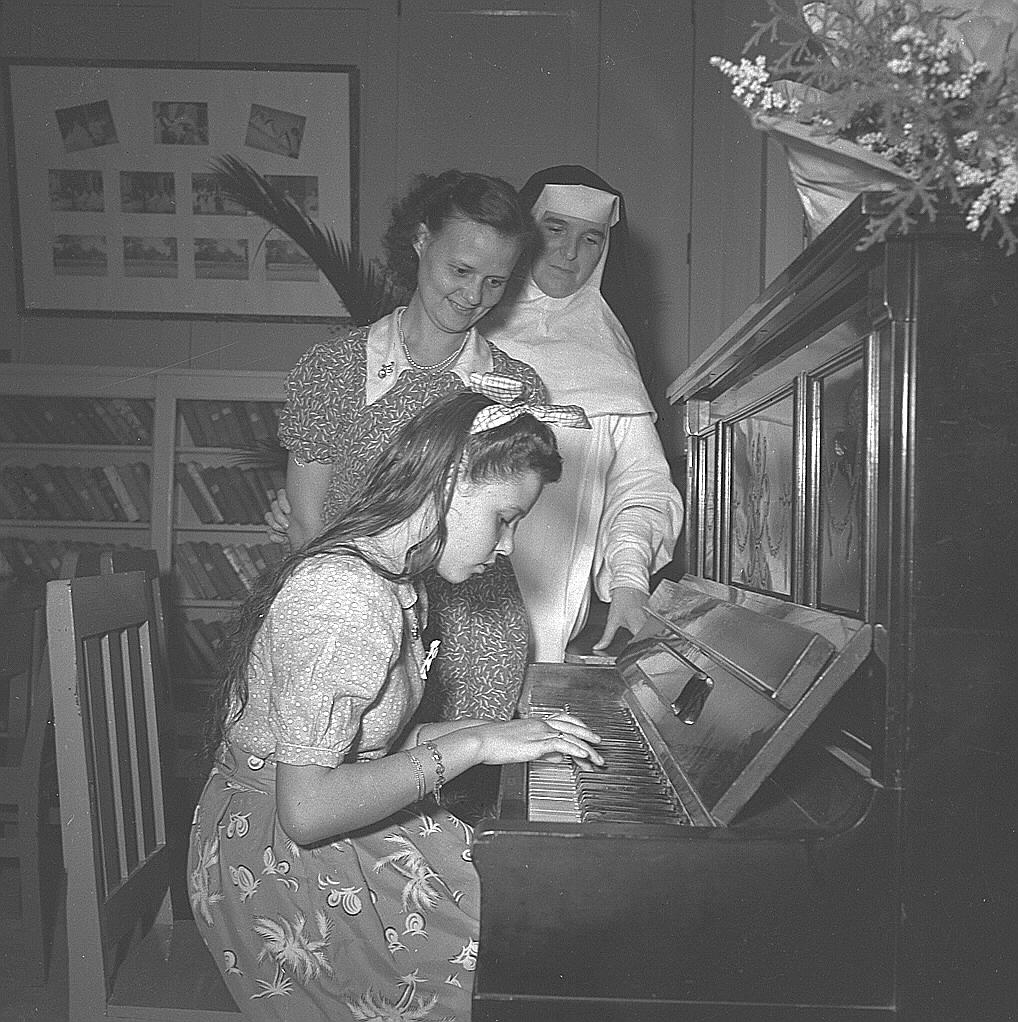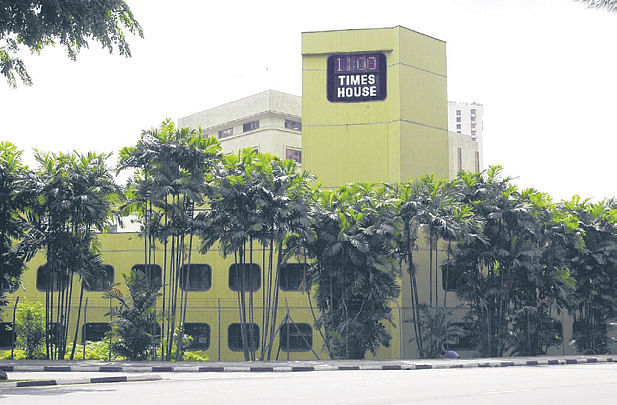LIVING HISTORY
Painful lesson
DANGEROUS TIMES
Sign up now: Get ST's newsletters delivered to your inbox

Maria Hertogh with her biological mother and a nun at the convent in Thomson Road on Dec 4, 1950.
ST FILE PHOTO
Follow topic:
In the next few days, The Straits Times, along with other newspapers of the time, the Singapore Tiger Standard and Utusan Melayu, photographed her. The Straits Times showed her playing dominoes with her mother; the Standard showed her holding hands with the Mother Superior, along with a report that said she had knelt before the Virgin Mary statue. The Malay newspaper Utusan Melayu reported she had pleaded for their reporter's help and showed her weeping.
The Muslim community was enraged that her marriage had been invalidated. Passions were stoked further by radical politicians who viewed the affair as a means to undermine the colonial authorities.
On Dec 11, more than 2,000 people gathered to hear an appeal against the judgment. It was dismissed within minutes. Rioting broke out soon after, mobs blindly targeted any European or Eurasian in sight. Hundreds were arrested, mainly for breaking the curfew.
When the fury abated and Singapore began asking why a custody battle could prove so inflammable, fingers were pointed at the newspapers.
In London, the House of Commons and British press had criticised the "inept handling" of the Maria Hertogh case and its bloody sequel, The Straits Times reported on Page 1.
Police officers giving evidence before a commission of inquiry said two factors had precipitated the violence: putting a child raised as a Muslim in a convent and the emotional press reports and photographs which had stirred up passions.
The Straits Times ran a letter from a European reader who was categorical: "The one absolutely cardinal blunder was the story prominently published in a Singapore newspaper that Maria had knelt in worship before the statue of Our Lady of Fatima. In Muslim eyes, the worship of images is anathema. That, more than any other story, inflamed Muslim feeling."
The Straits Times was not that newspaper; its photographs had steered clear of religious imagery and its reports had explored the human dimensions in Maria's story.
But it also got an indelible reminder that reporting responsibly in a multicultural society meant being aware of racial or religious tensions that can be invisible until they ignite.
When Singapore experienced Chinese-Malay riots in 1964, the newspaper was mindful of the need to play down trouble. Similarly, during the 1969 racial riots in Kuala Lumpur, The Straits Times made no mention of race while reporting the violence, a practice it has kept to this day. The mob were described as "rioters", "curfew-breakers" and "armed youths", rather than by their ethnic identities.
For Singapore, the Maria Hertogh incident was a painful lesson that tolerance and understanding are paramount in keeping the peace. Since then, the Government has mindfully put in place policies to integrate the different races, such as through public housing quotas to prevent racial enclaves, and through national education. There have been no race riots since the country's independence in 1965. • ST
1972
SPLIT INTO TWO
The paper takes the rst step towards a split, forming The Straits Times and New Straits Times.
My Paper is relaunched as the first bilingual newspaper in Singapore.
The Straits Times is revamped to feature a new masthead and a layout that incorporates some elements from the original 1845 design, reflecting the rich heritage of the paper.

1973
BACK HOME
The Straits Times becomes a Singapore-based newspaper. The Straits Times Press (Singapore) Ltd becomes the group's principal operating company, while the Straits Times Press (Malaya) Bhd goes into voluntary liquidation.
1974
FOREIGN FUNDS
The Newspaper and Printing Presses Bill is introduced. Newspapers are banned from receiving foreign funds, and can only be published by newspaper companies that are public companies whose memoranda and articles of association are subject to the approval of a Registrar of Newspapers.
Management shares are created, these can only be issued to Singapore citizens and companies with the approval of the Minister for Culture. Minister for Culture Jek Yeun Thong stresses that the government has no interest in the day-to-day running of newspapers.
The Sunday Times is revamped to include a special feature section covering investment, shopping, leisure and entertainment.

